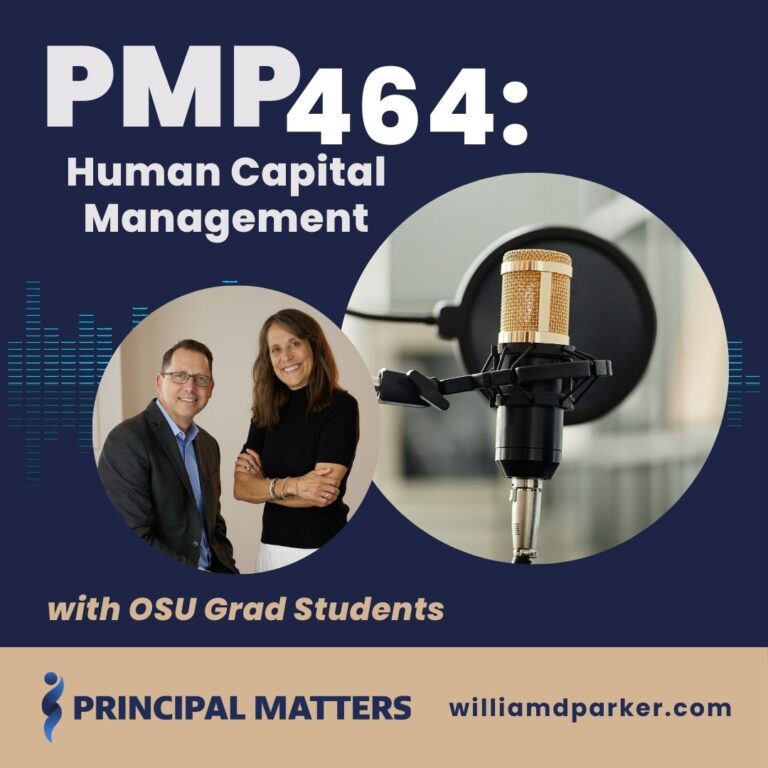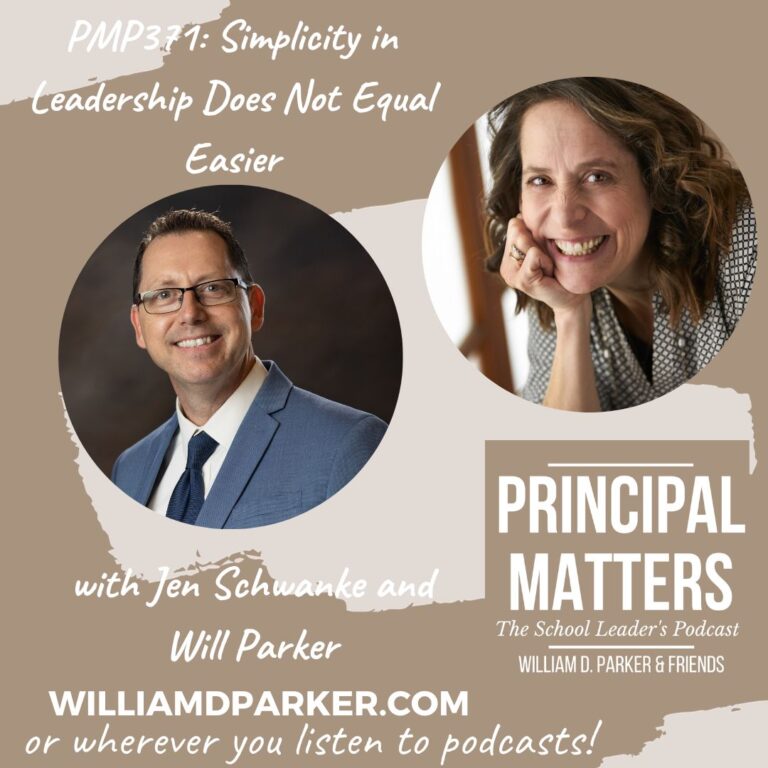Podcast: Play in new window | Download
This week, Jen Schwanke, author and education leader, shares thoughts on why education leaders should consider how ‘place and space’ play a role in learning outcomes.
With credit to Dr. Miller, director of the EdD in Educational Administration and an assistant professor – clinical in the Department of Educational Studies at The Ohio State University, Jen probes into several questions his feedback has generated.
Listen to the entire episode for more context, but here is a short summary of the conversation with several applications for education leaders:
WDP: What is the difference between space and place?
Jen: Think about it this way:
- Space is something abstract…you can’t touch it
- Place is how we internalize space. In a nutshell, place is space with meaning
- For example, your house is an actual place, but the aspects of your house that cause you to feel safe, warm, loved, happy, maybe sad, etc. all constitute your home as a space to you.
- Place, as a space, is fueled by memory and carries significant meaning (good and bad) for us. Simply stated, we have a relationship with place. We are nostalgic for places we have left, we protect places where we are, and we fully understand how to enact our lives in those places (e.g., where to play football, where to shop, where to fart).
- Place, as a space, is socially constructed, which means they have politics, emotions, and meaning
What meaning does your school building have as a space for students, teachers, and parents? Consider ‘Social Construction’: What we take to be the truth about the world importantly depends on the social relationships of which we are a part. Sometimes that gets us stuck. Sometimes we need to break out of what we’ve already known to be the best way.
WDP: This is one reason our offices should be welcoming places where parents and others feel like guests, not intruders. For instance, our school had a habit of making a fresh pot of coffee and keeping water and sometimes fresh baked cookies on hand. How else should this influence the ways principals consider place?
Jen: For principals, it’s usually about a place of belonging.
Think about what that means for your school, your place, your space. What are some ideas and changes you can make? Consider the terms: Leadership, management, and reconstruction. Only you, your staff, your community can speak to what might need to be reconstruction. But you’re the leader. What does that mean?
a. Is it your job to represent the ideals of your school community?
b. Is it your job to adhere to best educational practice?
c. Is it your job to do what is best for students…at all cost?
Leadership is change/Management is holding down the fort. As a leader, do you have the ability to step outside the your own culture? What roles do you play?
- historian – interprets current events against the backdrop of the past
- anthropologist – finds meaning in the behavior of organizational participants
- visionary – projects aspirations for others
- marketer – models and provides ceremonies and routines
WDP: What is reconstruction?
Jen: For me, it’s evolution. It’s adapting. It’s keeping those students in mind. Changes aren’t hard to defend if they are done for students.
Will: So, is there anything principals should consider reconstructing?
Jen: Some principals are grappling with students of color, transgender, social relationships, mental health, instruction, athletics, hiring. For me, I want to evolve our instructional practices, including the following:
- Academics:
Sit down and review some of the instructional practices that should be re-examined or adjusted to better fit the needs of today’s students.
- Classroom setup (student input on classroom setup, options for flexible seating and collaboration, but also spaces for students to work quietly and independently)
- Packets (Consolidated work tasks for rote and repeated practice)
- Homework (work that has no value beyond gathering points for grades)
- Worksheets
- Whole class, whole period instruction
- Packets and worksheets
- Homework
- Busy work (crossword puzzles, word finds) as a supplemental resource
- Grading
- Textbooks
- Closed classroom doors, overhead projectors,
- Teacher as master
- Students as absorbers
- Learning environment created by teacher
- Filing cabinets and folders with grade, assessment data, worksheets
- Reading logs
- Presentation of rules to students
- Punishment/rewards for things out of a student’s control; punishing the whole group for the actions of a few
2. What might be a better fit?
- Interleaving: a technique for learning through curricular integration, giving the student the power to direct their interest and engagement. Interleaving can be considered a purposeful combination of differentiation, personalization and voice.
- Teacher as mentor/coach; students as researchers, readers, writers, mathematicians, scientists, learning experts. Teacher provides resources or insight to support/supplement, and complement the learning.
- Learning environment developed collaboratively
- Blended Learning (mixture of digital and face-to-face instructional settings) – including online tutoring
- On-demand video responses (Flipgrid, Marco Polo)
- Video meeting (Google Meet, Zoom)
- Review and recording via video (Screencastify, EdPuzzle)
- Look for applications allow for closed captioning, translation, or subtitles to ensure accessibility)
- Learning Management Systems: (Canvas, Schoology, Google Classroom)
- To not expose students to learning management systems is to
- 1:1 Technology
- Ensuring every child has the technology they need to participate in instruction and develop skills needed for college or career
- *BYOD can help in a pinch, but aren’t as accountable to school firewalls.
- Targeted instruction based on pre-assessment, addressing only what students don’t yet know
- Discussion diagrams
- “Think time” for students to collaboratively or independently process information and develop responses; students processing content together, and teacher allowing “fights” when kids argue about the content
- Working with students to collaboratively develop standards for classroom behavior norms
- Classroom libraries for secondary classrooms (much like classroom libraries at elementary)
- Rewards or earned results for behaviors; rapport and private conversations with students who need privatized behavior support
- Teacher focus on student learning vs. lesson planning
- Allowing joy and laughter
Let’s Wrap This Up
The above ideas are just the beginning of suggestions Jen shares. Listen to the entire episode and share it with others if you find valuable takeaways! Remember that the key to changing practice is collaboration, not isolation.
Now It’s Your Turn
What would happen if you used the above list as a way to reflect on your school practices? Can you identify areas you would like to encourage ‘reconstruction’ to improve instruction and learning? Is there a team of other educators with whom you could brainstorm ideas for reconstructing practices at your school?



